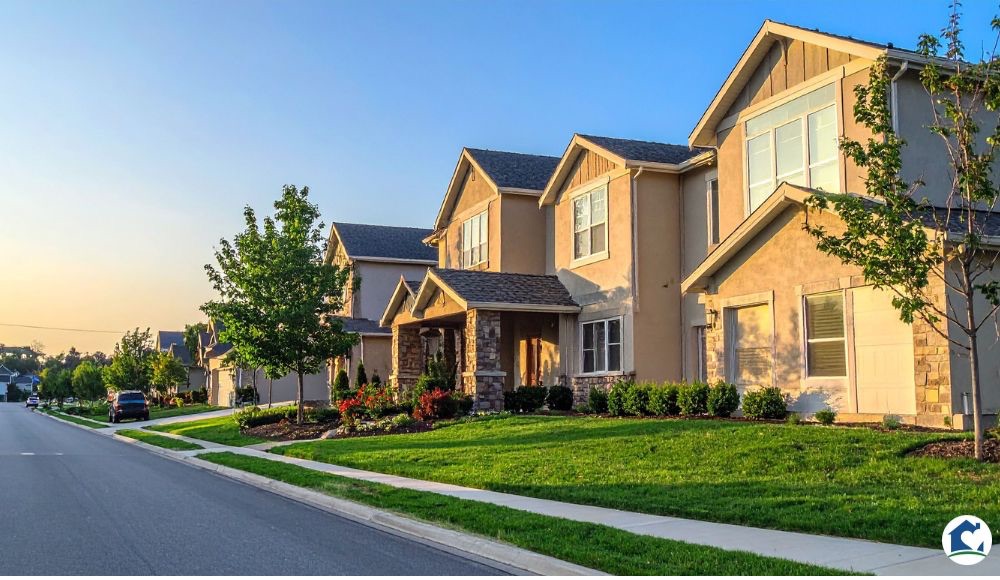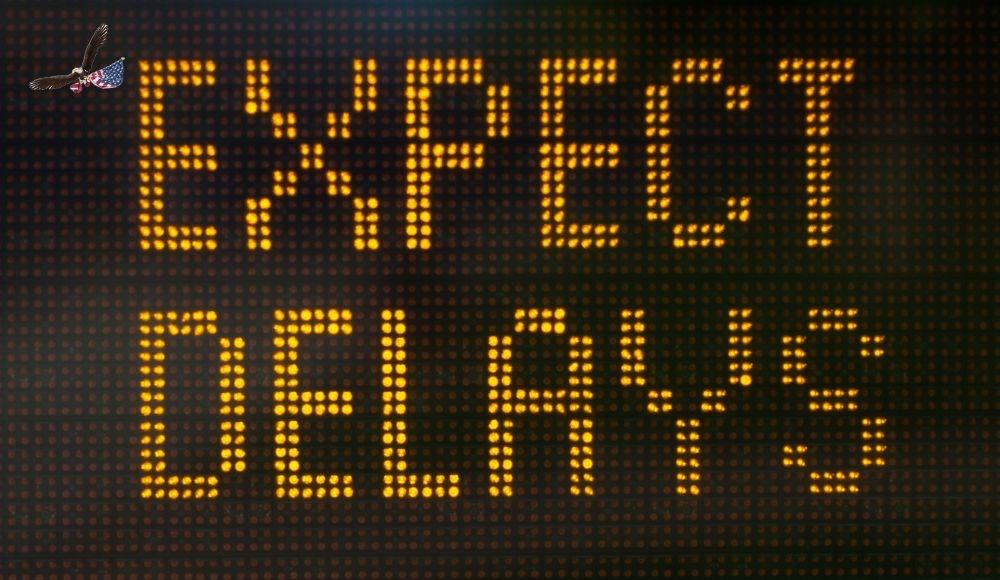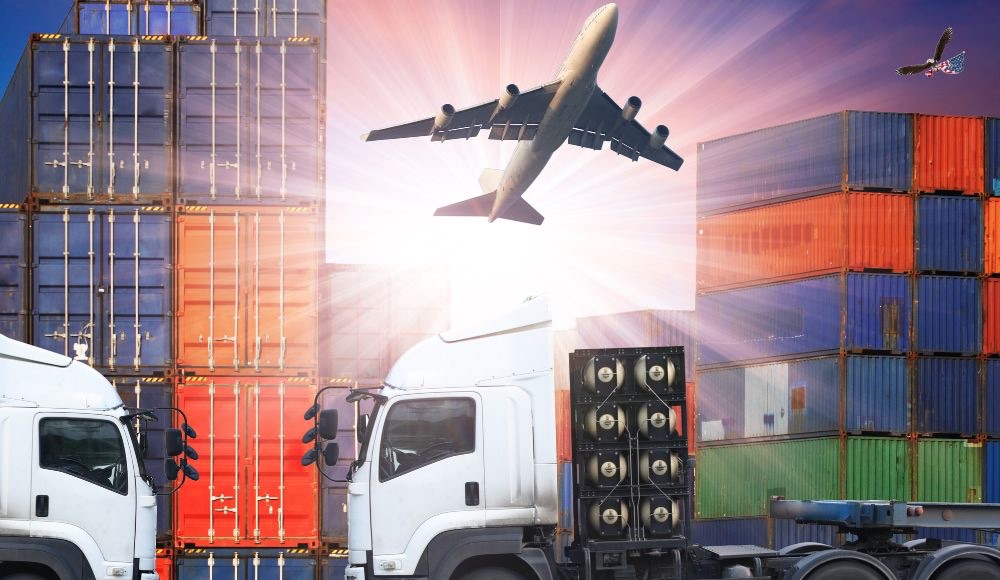
When general contractors hire subcontractors, they can speed up projects and offer more services. But these advantages also come with more risk. Suppose a subcontractor doesn't have the right contractor insurance, and something goes wrong, like an accident, injury, or damage to property. In that case, the contractor who hired them or the project owner may be responsible. Clear and enforceable insurance requirements keep everyone safe and ensure projects move forward without any legal or financial problems arising unexpectedly.
This article discusses the basic insurance needs of subcontractors, how to ensure they have sufficient coverage, and how these policies can affect overall liability.
Insurance Requirements for Subcontractors
Before any work begins, most contractors require their subcontractors to carry certain types of builders risk insurance. Requirements may differ depending on the industry, the size of the project, and the location, but the following policies are generally accepted:
-
Insurance for General Liability
This insurance is the minimum amount of coverage you need to protect yourself from claims made by other people for bodily injury, property damage, or personal injury. It protects the contractor from being held liable for accidents on the job site caused by the subcontractor.
-
Insurance for Workers' Compensation
Workers' compensation pays for medical bills, lost wages, and rehabilitation if a subcontractor's employee gets hurt on the job. If this coverage isn't in place, workers who are injured may be able to sue the general contractor or property owner.
-
Business Auto Insurance
Commercial auto coverage protects subcontractors from liability for accidents that occur while they are driving vehicles to move materials, haul equipment, or travel to job sites.
-
Insurance for Professional Liability
This insurance is also known as errors and omissions (E&O) insurance. It is essential coverage for subcontractors who provide design, engineering, consulting, or other professional services.
-
Liability Insurance for Umbrellas or Extras
Contractors often require subcontractors to have additional liability coverage, such as umbrella coverage, for big contracts or projects that are extremely risky.
-
Endorsements for Additional Insureds
Many contractors want their subcontractors to add them as extra insureds to their policies. If a claim arises from the subcontractor's work, this helps confirm that the hiring contractor is directly covered.
Verifying Coverage
Ensuring subcontractors have the right insurance is only adequate if coverage is verified correctly. Contractors should:
- Request certificates of insurance (COIs) from any subcontractor before they begin work.
- Confirm coverage limits meet or exceed contractual requirements.
- Review policy endorsements, including additional insured and waiver-of-subrogation clauses.
- Track expiration dates and require updated COIs for longer-term projects.
- Use third-party compliance management tools when managing multiple subcontractors.
Impact on Liability
If insurance requirements are adequately enforced, they can significantly lower legal and financial risk. When subcontractors have the right insurance, it's easier to determine who is responsible for accidents, injuries, defects, or delays. This minimizes arguments, helps projects run more smoothly, and protects the general contractor's reputation and finances.
In the end, asking for and checking subcontractor insurance isn't just a formality; it's a smart way to ensure projects stay on track, on time, and within budget.
Ultimately, requiring and verifying subcontractor insurance isn't just a formality—it's a strategic safeguard that keeps projects compliant, efficient, and financially secure.
Let Us Help You Save on the Various Types of Construction Insurance
Do you have questions? Contact American Insuring Group for the best rates on construction insurance for contractors. As independent brokers, we shop the market to find you the best deal on quality insurance!
So, call us today at (610) 775-3848 or click here to start saving.
















